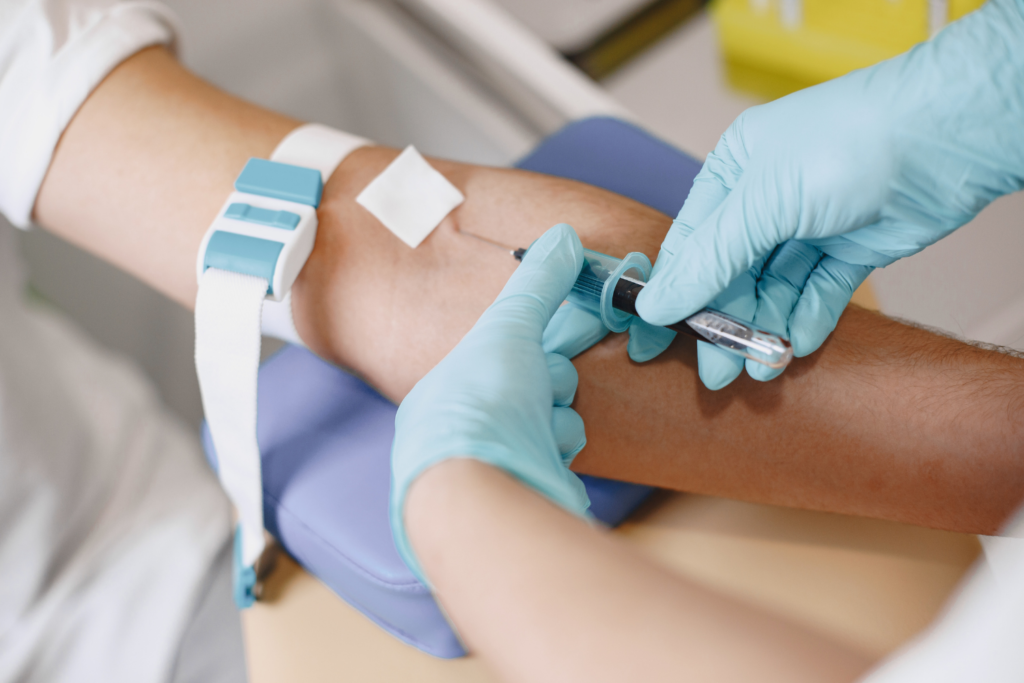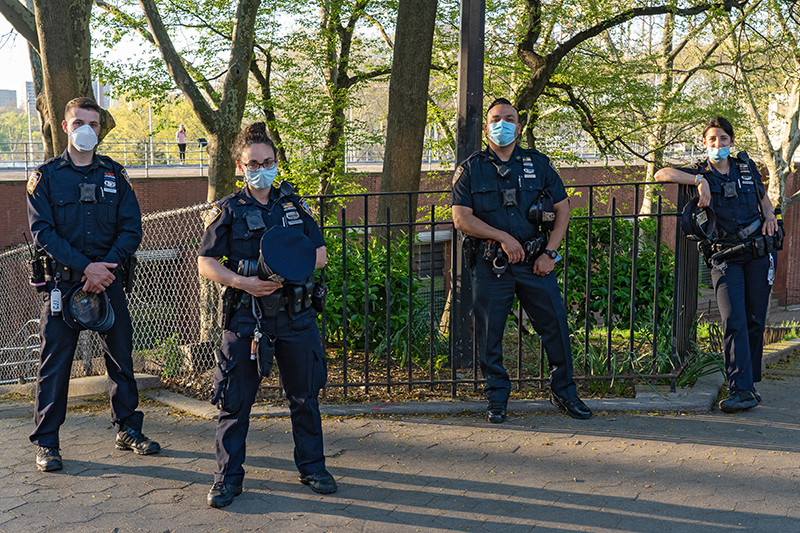The Proven Impact of Handwashing Education: Outcomes, Evidence, and Implementation
Introduction
Handwashing education is a fundamental public health intervention with far-reaching effects. By teaching proper hand hygiene techniques and the science behind germ transmission, educational programs aim to reduce the spread of infectious diseases, improve personal hygiene practices, and support healthy communities. But what specific results can be expected from handwashing education? This article explores the evidence, real-world outcomes, and practical steps to access or implement effective handwashing education programs.
Key Effects of Handwashing Education
Handwashing education produces several significant outcomes, each supported by peer-reviewed research and health authority guidance. The following sections expand on these effects, offering detailed explanations, examples, and guidance for implementation.

Source: thesassyeducators.com
1. Reduced Incidence of Illness and Absenteeism
One of the most well-documented results of handwashing education is the reduction in the incidence of common illnesses, particularly respiratory and diarrheal diseases. Studies show that regular handwashing, reinforced through education, can lead to a 24% decrease in sick days due to respiratory illness and a 51% reduction in days lost to gastrointestinal illness among children [1] . These decreases translate to fewer absences from school or work, improved academic performance, and lower healthcare costs for families and institutions.
For example, a school-based intervention that focused on daily handwashing instruction and monitoring reported significant drops in student absenteeism due to illness after just a few weeks of consistent education and practice [1] . These findings are echoed in CDC resources, which note that handwashing education improves school attendance and supports overall child well-being [5] .

Source: betterbusiness.torkusa.com
To access handwashing education in schools, parents and educators can contact local health departments or school nurses, who may offer resources or connect you with regional public health initiatives.
2. Improved Hand Hygiene Knowledge and Technique
Handwashing education is proven to increase both knowledge of proper hygiene and the correct execution of handwashing steps. Studies with students and healthcare trainees demonstrate that structured educational programs-including instructional videos, demonstrations, and visual feedback-significantly improve the percentage of correctly performed handwashing steps and overall technique quality [4] .
For instance, research with nursing students found that after a targeted educational intervention, compliance with recommended hand hygiene techniques rose dramatically, with nearly all participants meeting or exceeding protocol standards [3] . The greatest improvements were observed when education included both visual feedback (such as hand scan images that reveal missed areas) and step-by-step video instructions [4] .
Individuals or organizations seeking to improve hand hygiene practices can search for online training modules from reputable sources such as the Centers for Disease Control and Prevention (CDC) or World Health Organization (WHO). These organizations provide free, evidence-based hand hygiene resources and instructional materials.
3. Demonstrable Decrease in Germs on Hands
Educational programs that teach and reinforce correct handwashing technique lead to a measurable reduction in the presence of germs on hands. Objective measures, such as ATP (adenosine triphosphate) testing and fluorescence residue analysis, have shown that children and adults who receive handwashing education are more successful at removing contaminants and lowering microbial load [2] .
In one real-world classroom intervention, students received both theoretical and practical instruction, followed by at-home practice and repeat testing. The reduction in ATP values after re-education confirmed that not only knowledge but also the actual effectiveness of handwashing improved [2] . This demonstrates that education can produce tangible, scientifically validated improvements in hand cleanliness.
For those interested in similar testing or monitoring, speak with your school or workplace health and safety coordinator about partnering with local health agencies, or consider using commercially available hand hygiene monitoring kits for educational demonstrations.
4. Lasting Behavioral Change and Habit Formation
Handwashing education is effective not only in the short term but also in promoting lasting behavioral change. Multiple studies indicate that regular, structured education leads to sustained improvements in handwashing frequency, thoroughness, and overall hygiene awareness [1] . Behavioral reinforcement, such as reminders, posters, and regular feedback, helps solidify these habits over time.
For example, schools that implemented ongoing hand hygiene education and visible reminders observed a persistent increase in student handwashing rates months after the initial intervention [1] . To maintain these habits, institutions should consider integrating handwashing education into health curricula and daily routines.
Parents and caregivers can reinforce behavior at home by modeling proper handwashing, posting step-by-step guides near sinks, and using regular check-ins to encourage consistency.
5. Enhanced Community Health and Reduced Disease Transmission
Widespread handwashing education has population-level benefits. By reducing the transmission of germs at schools, workplaces, and public spaces, these programs help lower the overall burden of communicable diseases in the community. The CDC highlights that handwashing reduces the spread of many illnesses, including the common cold, flu, and gastrointestinal infections [5] .
Implementing community-wide hand hygiene campaigns-through schools, healthcare settings, and media-has been shown to decrease outbreaks and improve public health resilience. Health departments, educational institutions, and large employers can collaborate with public health agencies to design and deliver handwashing education tailored to their audiences.
To learn about or participate in local hand hygiene initiatives, consider contacting your regional health department or searching for “hand hygiene campaigns” in your locality for information about community programs and upcoming events.
How to Access or Implement Handwashing Education
If you are interested in accessing handwashing education resources or initiating a program, several avenues are available:
- Contact your local health department to inquire about available materials, workshops, or support for schools and organizations.
- Search the CDC’s Clean Hands website for free printable guides, posters, and lesson plans for a range of age groups [5] .
- For educational institutions, incorporate hand hygiene modules into health curriculum and utilize evidence-based instructional videos and visual feedback tools, as supported by recent research [4] .
- Employers can provide hand hygiene training as part of workplace safety programs and request guidance from occupational health professionals.
When links are not available, it is advisable to search for official resources using trusted terms such as “CDC handwashing education,” “WHO hand hygiene,” or “local health department handwashing program.” For those unable to find specific programs, adapting WHO’s recommended handwashing steps and using CDC-published materials is a reliable starting point.
Potential Challenges and Solutions
Despite the clear benefits, common challenges to effective handwashing education include limited resources, competing curriculum time, and lack of ongoing reinforcement. Solutions include:
- Seeking partnerships with local health agencies for free or subsidized educational materials.
- Integrating hand hygiene with broader health and science lessons to maximize instructional value.
- Using creative reminders, such as posters, digital prompts, and student-led campaigns, to keep the topic visible.
For families, establishing routines and providing frequent positive feedback can help make handwashing a habit. If language barriers exist, many health agencies offer materials in multiple languages upon request.
Summary and Key Takeaways
Handwashing education delivers a range of proven benefits, from reducing illness and absenteeism to fostering lifelong hygiene habits and improving public health. By understanding the evidence, utilizing accessible resources, and adopting practical strategies, individuals and communities can realize these outcomes and contribute to a healthier society.
References
- Khan S. et al. (2021). Impact of hand hygiene intervention on hand washing practices among school children. Journal of Family Medicine and Primary Care.
- Oura A. et al. (2024). Science behind children’s handwashing: an action study of 9-year-olds. Frontiers in Public Health.
- Gammon J. et al. (2023). Impact of an educational intervention on hand hygiene knowledge and compliance. Journal of Infection Prevention.
- Chen J. et al. (2024). Hand Hygiene Education Components Among First-Year Nursing Students. JAMA Network Open.
- Centers for Disease Control and Prevention (2024). Handwashing Facts and Stats.
MORE FROM 9scholarships.de













